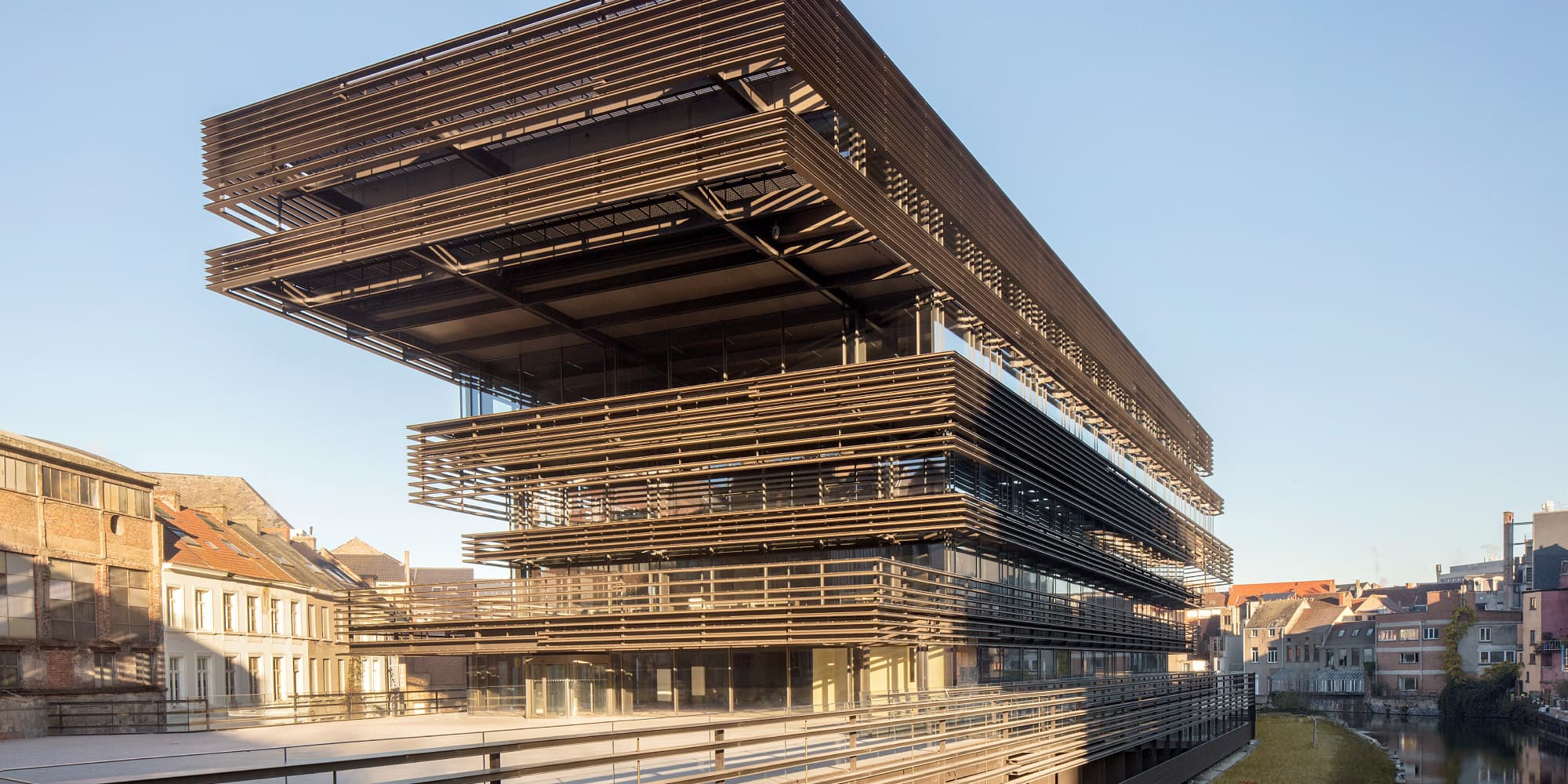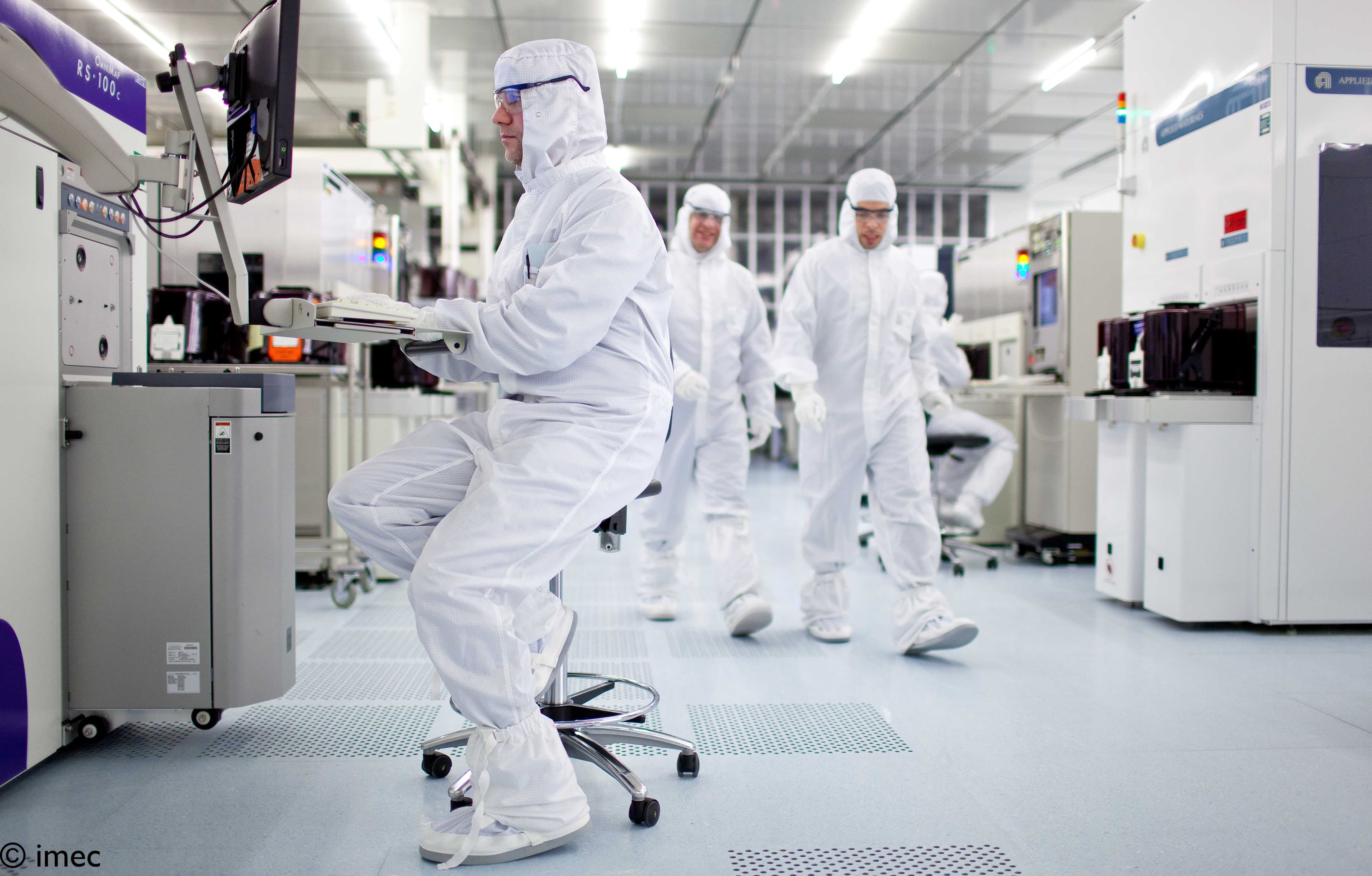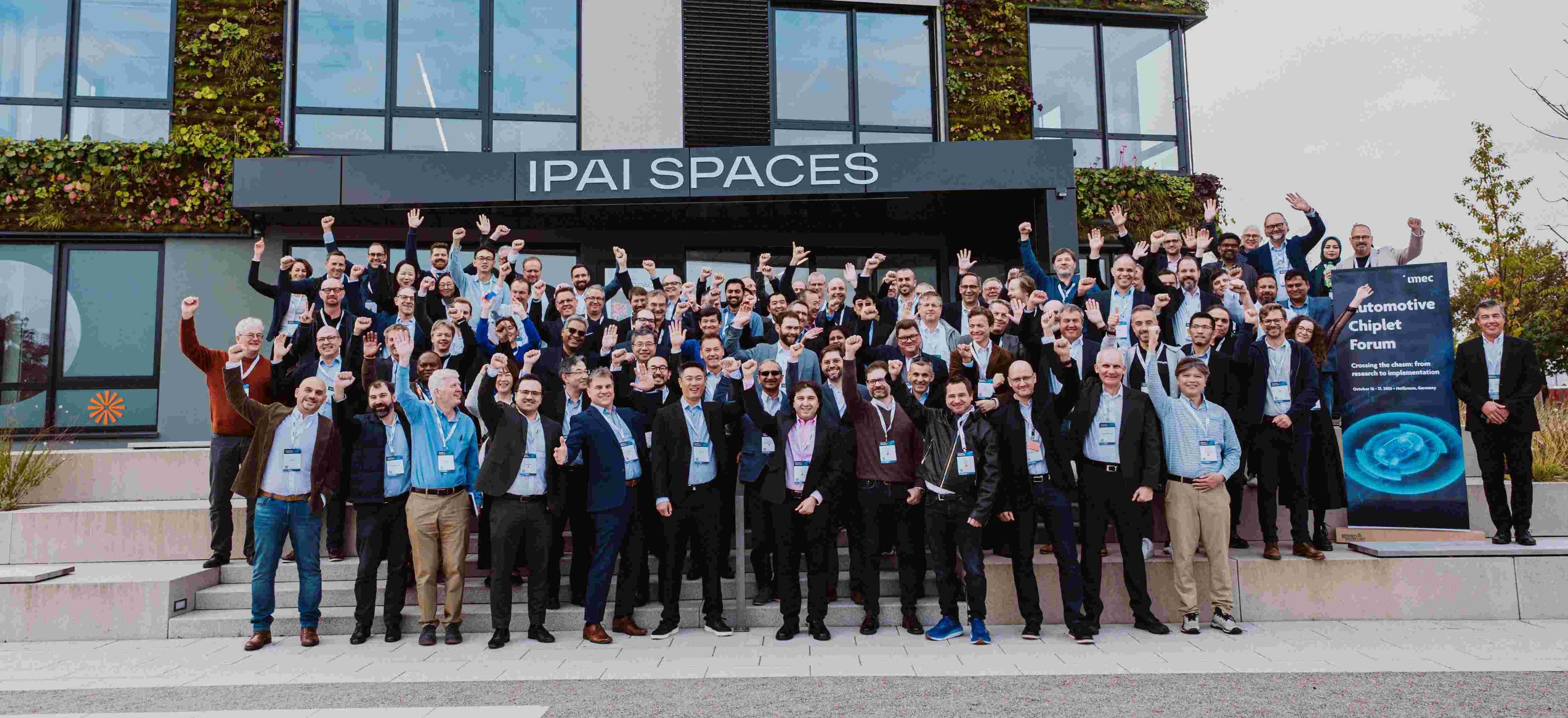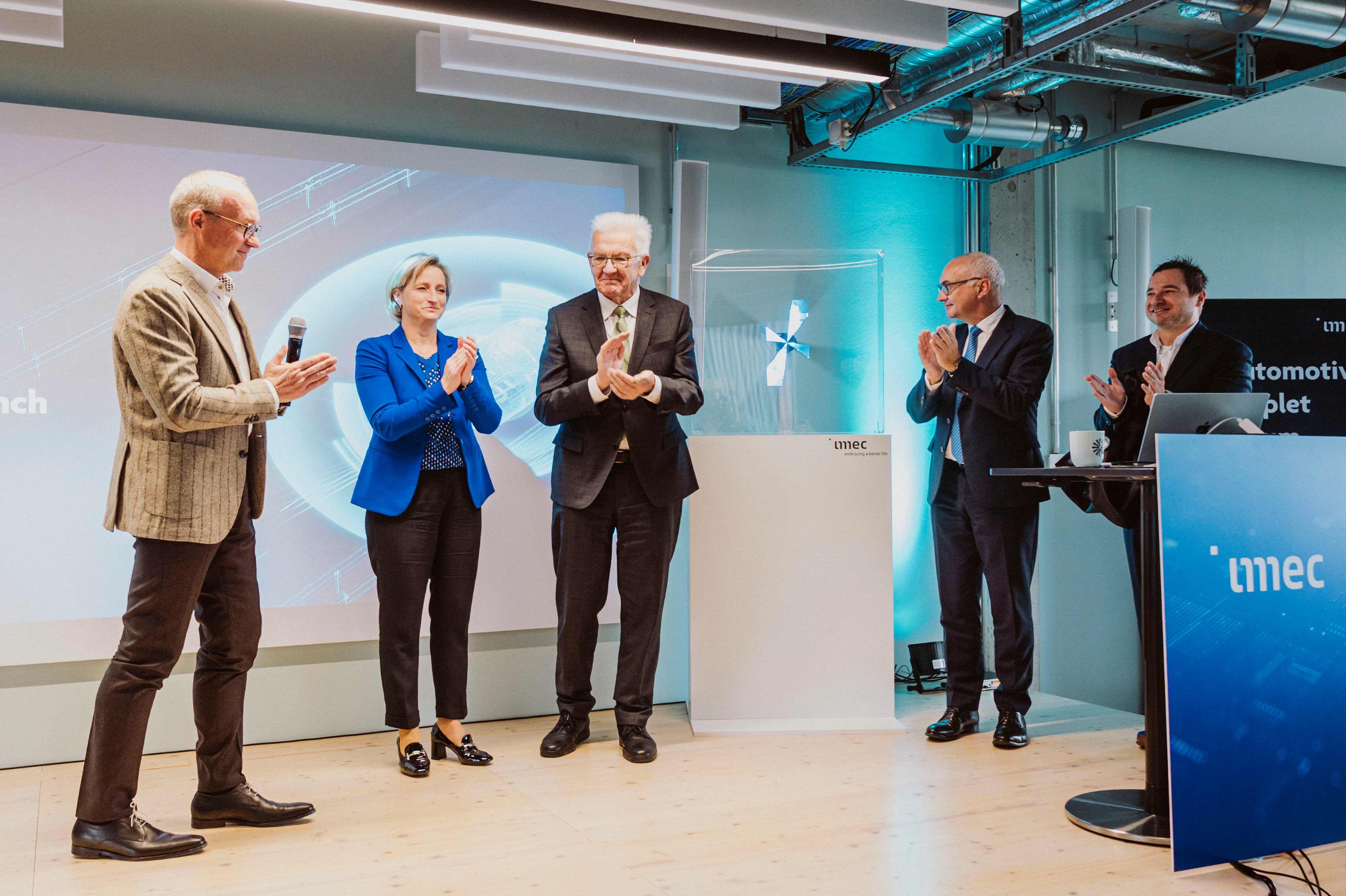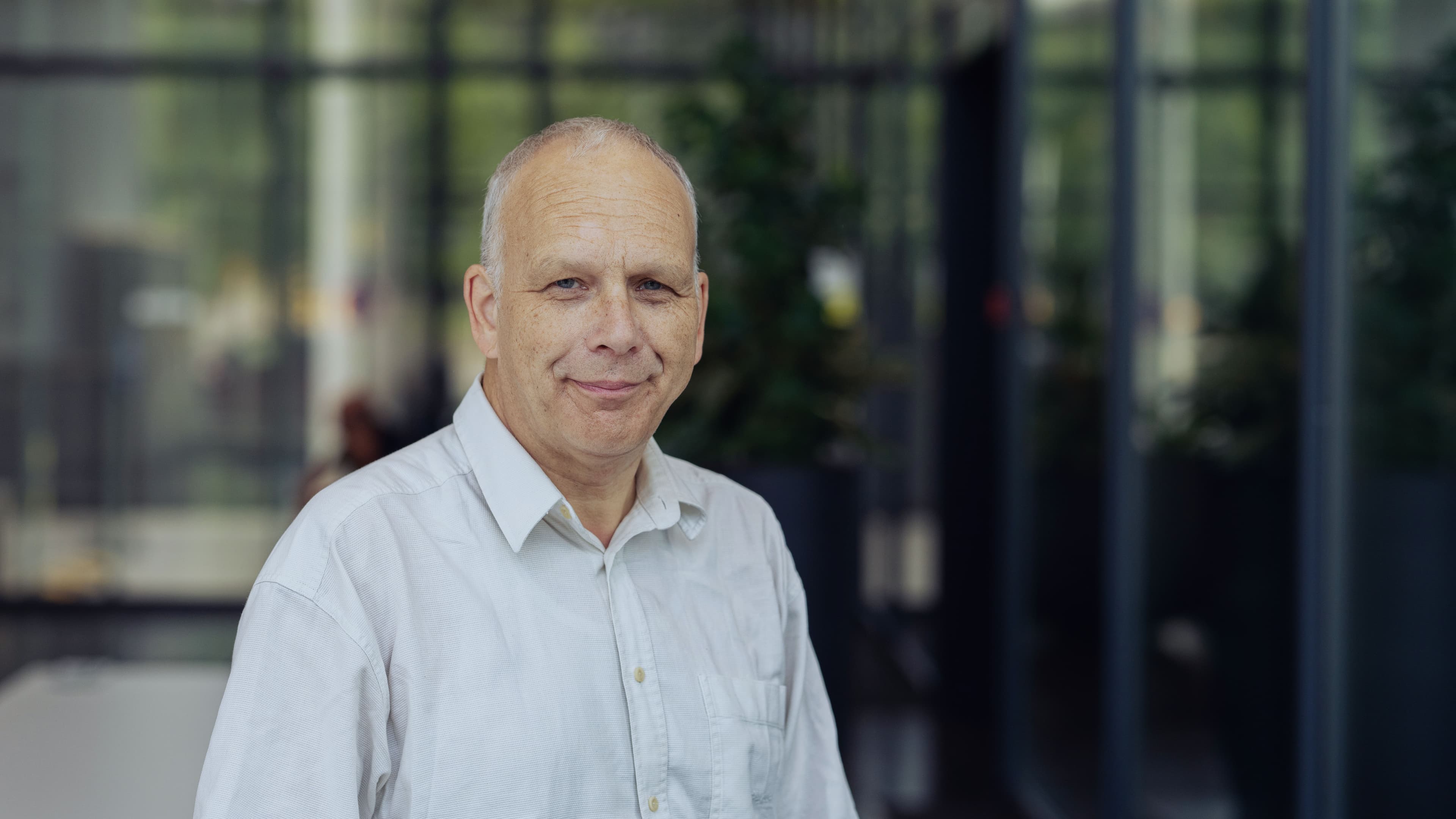Introduction
Public events such as music festivals, city marathons, or Christmas markets attract forever-growing crowds, which sometimes turns them into a logistics and security nightmare. To see how technology might help improve this, imec and a number of partners have developed the tools for a large-scale deployment of smart technology at music festivals. In the iFEST imec.icon project, smart wristbands were used to communicate wirelessly with an intelligent, scalable infrastructure and give participants a better experience while ensuring the organizer’s peace of mind. The technology is ready to be applied to many other situations, e.g. also for people and traffic in urban settings, at rush hours, in shopping malls…
Music festival as living lab
If you visit a concert or festival, chances are that the organizers give you a textile wristband for access control. You’ll probably use paper tickets or cash money to buy drinks and food. And there will be a printed festival magazine with the program and the venue layout. In other words: although the artists are working with the latest high-tech equipment, concertgoers cannot yet enjoy the benefits of a high-tech festival experience for access control, social interaction and a richer festival experience.
Seeing all the technology that is coming available for the IoT, imec and a number of partners decided to set up a living lab with a large-scale deployment of wireless apparel. They were inspired by the 2014 edition of Tomorrowland – a pioneering event in terms of innovating the festival experience. At that event, concertgoers were given smart wristbands that combine short-range RFID with long-range wireless capabilities. Equipped with tracking means, these ensured not only smooth access control, but also improved security. And with added LEDs, they even allowed for a massive engagement during an impressive light show.
“A key challenge within the iFEST project was to transform the existing smart wristbands into a true Internet of Things network with a reliable and robust connectivity,” explains David De Wever, CEO of project partner PlayPass. “And this was not an easy task: festival or concert locations are the most chaotic environments one can imagine in terms of setting up and maintaining wireless networks. In other words: supporting 10.000s of connected festival wristbands and providing visitors and organizers with a robust wireless connection was a big challenge. But cracking this nut would allow us to change the festival experience forever.”
A new high-density wireless network
To give festival attendees a flawless digital experience, the wireless network running in the background has to be rugged and stable at all times. But it also needs to be configured in a short amount of time – typically 12-24h prior to a concert – for a large amount of users and on a location with no or few network facilities, e.g. a large, unused tract. Also, once set up, a festival or concert is the worst thinkable scene in terms of keeping wireless networks up and running: there is constant interference by people using their smartphones, the metal structure of the stages and the use of non-traditional wireless devices to control sound, fireworks, etc. In short, it's a wireless mess.
“We were surprised to see that the state-of-the-art models for predicting the performance of WiFi in such an environment largely underestimated the situation,” explains research lead Steven Latré (imec - IDLab - UAntwerpen). “Therefore, one of the major outcomes of the iFEST project is the realization of a new protocol to wirelessly connect thousands of people via their bracelets in such kind of ‘chaotic’ environment. We also developed wireless gateways (as opposed to the wired gateways that are used today) that are low power and specifically created for high-density environments. They allow for a faster set-up and configuration of festival networks. Finally, using the signals that the wristbands send out, we developed more accurate and scalable localization algorithms that allow pinpointing both a single user and a crowd.”
Another important result from the project is the platform that was set up to gather and combine all sorts of data, data that can then be analyzed in real-time and used as input for various applications.
A smart platform to gather intelligence from real-time data
David De Wever: “Festivalgoers have various ways of identifying: tickets, social media accounts, etc. We combined all of these into one guest ID. During the event, we can enrich this ID with new data (e.g. localization), to learn about someone’s favorite food, music, etc. The central platform that processes all these data allows the event stakeholders to send messages and process replies. In setting this up, we focused on data retention, onsite-online replication and accounting for privacy concerns.”
Based on the unified ID, an app was built that can profile individual users. This profile can be enriched before and during the concert or festival. As an example, through this profile, attendees may receive vouchers or recommendations on restaurants nearby the concert location, traffic info and updates on the fastest route to the event, or directions to the event location and even to the attendees’ reserved seats. More generally, it allows to provide them with real-time recommendations – at the right time and place - based on their interactions at the festival, and the context of that moment (e.g, the band that is playing, weather, time of day).
Unique and scalable localization techniques for a richer festival experience
Accurate localization is one of the key parameters to provide attendees at an event with valuable information. But also for the organizers, it is important to know where people are, where the crowd is densest, or where groups are heading. Steven Latré: “For this kind of scenarios, we developed a range of localization techniques that make people trackable up to within a meter in a challenging mobile environment – with each localization technique differing in accuracy, scalability and required hardware at the user side. We even developed a technique based on radio tomographic imaging for crowds without smart wristbands. Based on radiation and its reflection, it can estimate the crowd density in a certain area. This is important information for the organizer and security staff. It’s the first time that such technology was developed for a high-density environment and on such large scale.”
From the living lab to the world
The partners in iFEST have learned a lot from their experience at Tomorrowland and other concerts. They will now further refine their insights as well as the technology, and see for which other use cases this may be applied. These include all situations where individual profiling can enhance the experience and where individual and crowd tracking may improve security. Examples are congresses, soccer stadia, attraction parks, holiday resorts, shopping malls and streets… For the imec research groups, it was an eye-opener to see just challenging the conditions really are to set up and run a robust wireless environment at a large festival venue. As a follow up, we will broaden our expertise and technology concerning high-density networks (dense LANs).
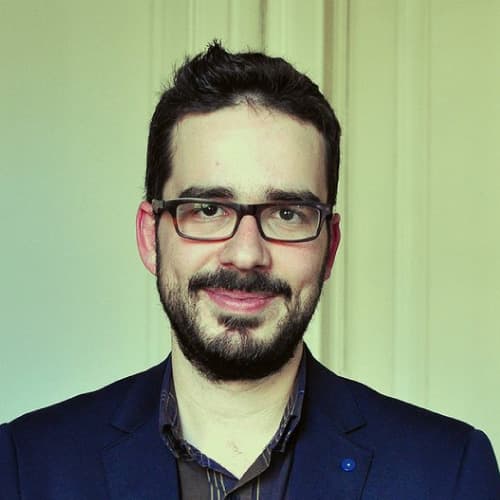
Steven Latré is a professor at the University of Antwerp and imec, where he is leading the IDLab Antwerp research group. He received a M.Sc. in Computer Science from Ghent University (Belgium) and a Ph.D. in Computer Science Engineering from the same university. His research expertise focuses on management and control of large-scale and/or heterogeneous Internet of Things networks. He has also been involved in and coordinated several national and European research projects. He is author or co-author of more than 80 papers published in international journals or in the proceedings of international conferences. He is the recipient of the IEEE COMSOC award for best PhD in network and service management 2012, the IEEE COMSOC Young Professional award 2015 and is a member of the Young Academy Belgium.
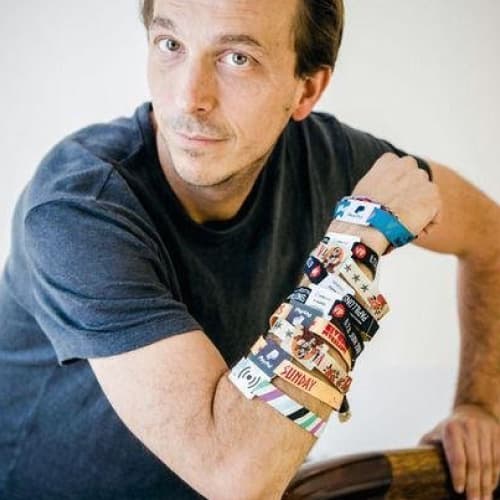
David De Wever is CEO and partner at PlayPass. PlayPass has developed an innovative software application that uses RFID technology to transform the humble wristband into a device that allows event organizers to manage the access of crew, artists and crowds; creating exciting new ways for the public to interact with brands at events, both in person and via social media; and even creating a safe and secure cashless environment. With a past experience as CEO of one of Belgian's biggest wholesales in computer peripherals, and as a founding partner of Playout!, one of Belgian's leading talent management companies, David helps festivals and other events to optimize how they digitize their event.
Published on:
1 September 2017



